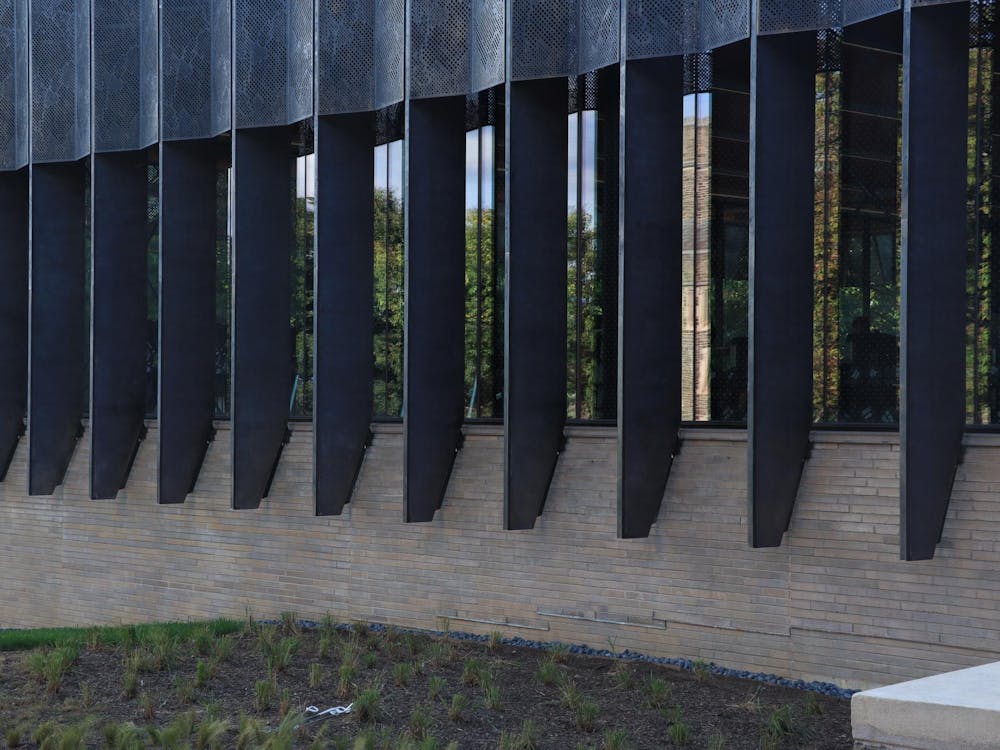Professor Ronald Surtz has been teaching with the Department of Spanish and Portuguese Languages and Cultures at Princeton since completing his Ph.D. from Harvard in 1973.
“The profession chose me,” Surtz explained. “Spain and Spanish literature have always interested me.”
Surtz said he finds the study of Spanish culture particularly compelling because of its uniqueness among its European neighbors.
“People think they know Spain,” Surtz said, “but in reality Spain is constantly surprising. It doesn’t really fit the European model.”
This spring, Surtz is teaching SPA 301: Topics in Spanish Literature of the Golden Age – Women Writers of Spain and Latin America. The Golden Age of Spanish literature spanned from the early 16th century to the late 17th century.
He finds this topic intriguing because it explores the voices of dissidents and often times suppressed groups in Spanish history. The course also relates to Surtz’s own research: He recently traveled to Spain to write the first English translation of the visionary sermons of a 16thcentury Spanish nun. According to Surtz, works such as this illustrate “a combination of the old, customary traits with the new, imaginative traits in a blend of orthodoxy with unorthodoxy.”
Surtz is particularly interested in the works of female writers because of their refusal to submit to the social norms of their time.
“They didn’t have it easy," Surtz said. "Female writers needed to justify what they were doing to their contemporary society. During that era, women publishing books was almost like walking naked in the streets."

The course is conducted entirely in Spanish, but most of Surtz’s students are not Spanish concentrators. Instead, these students already have some familiarity with Spanish language and culture and are seeking to engage more deeply with the literature, he said.
Surtz incorporates a mixture of old and new into the classroom when he outlines the books that the class will read during the semester. He assigns readings with which he is well acquainted as well as readings that are relatively new to him.
“The core of this course is similar to what it was 20 years ago,” Surtz explained. “But as the course evolves, there is a growing expansion into modern texts.”
In addition to works from the Golden Age of Spain, Surtz also includes readings from the 19thand 20thcenturies, hoping to build on the framework of the literature from earlier centuries. Many of these modern texts deal with themes such as the Spanish Civil War, but are, according to Surtz, “refracted through the lens of female characters.”

Surtz finds the movement from historical to modern texts particularly poignant because these new texts bring a fresher feel to the course.
“Literature is organic,” he said. “It grows over time.”







